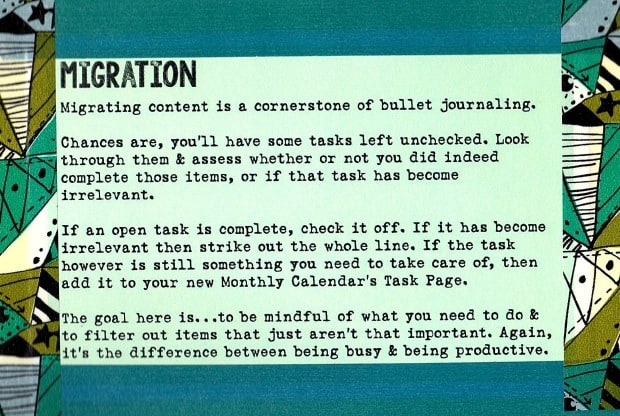We’ve reached October, and somehow I can’t believe this year is three-quarters over. Didn’t we all have high hopes for 2021 being better than 2020? What happened?
Of course, in a lot of ways, 2021 has been better, but I’m having a hard time reconciling all my emotions about October 1, 2021. In less than two weeks, I’ll turn 45. A month from now, I’ll be starting NaNoWriMo, and for the first time, I’m nervous about that. In just three months, it’ll be 2022.
My mental and physical health are better by far than they were two months ago. My blood pressure is back where I need it to be. I’m relying less on my anti-anxiety medications than I was a month ago. I haven’t had an alcoholic beverage for almost two months. And yet…
And yet…
And yet I’m feeling some regret for things I haven’t gotten done in 2021. I’m somehow managing to balance in the middle of experiencing quiet contentment on a daily basis and still feeling restless while I work. I’m exercising more and sleeping well, but my dreams are unsettled and often revolve around imaginary conflict at my job.
Autumn Reflection
One thing that’s on my mind a lot this week is wrapping up the third quarter of the year and embarking on the fourth quarter. Emily P. Freeman’s Next Right Thing podcast episode A Soul Minimalist’s Guide to Autumn is resonating with me. In part of the episode, she says,
Maybe there’s some invisible goals that you had for the year, things that either you wrote down at the beginning of the year that were intentions that have sort of fallen by the wayside or been forgotten. Or maybe they’ve changed. Or maybe you had some goals for the year that you never articulated, and now as the year begins to wind down, you’re starting to feel some disappointment and you don’t know why. It could be because you had some things you wanted to do this year, but you didn’t really have a plan to carry them out, or maybe just the state of the world got in the way
I had some goals I did articulate, and I definitely didn’t accomplish a lot of those. When I did a soft reset over Labor Day weekend, I extended grace to myself and set out some more manageable goals for September.
Just September.
I didn’t plan ahead of that, because I wanted to try to be more present on a daily basis. And it sort of worked. At least, I’m aware of many more moments when I was completely present.
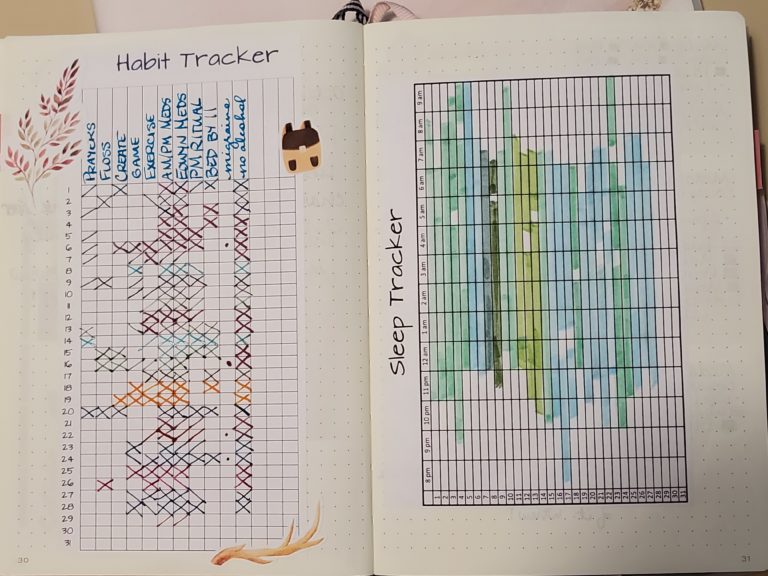
Autumn Quarterly Planning
I won’t do my task migration in my Bullet Journal until tomorrow, because I always hold out hope that I’ll get one last thing done before the end of the month! But in the meantime, I’m looking ahead to Quarter Four and I’m trying to set reasonable goals for the next 90 days.
I just finished reading Burnout: The Secret to Unlocking the Stress Cycle by Emily Nagoski, PhD, and Amelia Nagoski, DMA. In it, they lay out useful criteria for creating better goals. “The new goal has to be soon, certain, specific, concrete, positive, and personal.” To me, these criteria make more sense than SMART goals. I’m trying to use those methods as I plan.
My goals for October include writing a short story, creating some winter-themed sticker packs, making sure my 2022 dated items are listed and updated, and scheduling time to rest each week.
My November goal is to win NaNoWriMo and finish my Christmas shopping before December 1.
Other Fourth Quarter goals include taking time each day during Advent to spend time with Tsh Oxenreider’s book Shadow and Light: A Journey Into Advent. I also recently purchased Tsh’s Rule of Life course, and I’d like to work through that by the end of 2021 as well.
Autumn 2021 Reading
A lot of the books I’m reading and podcasts I’m listening to advocate for slowing down and living in the season of life we’re in. I’m currently reading The Next Right Thing by Emily P. Freeman, alongside The Sacred Enneagram by Christopher Heuertz. I’m also still working through my Daily Grace Co Bible study on depression. Through all of these, I’m feeling more introspective on a daily basis. I wish I could say that was leading me to answers, but right now I’m just living in the questions, and I’m trying to learn to be okay with that.
I’m also reading Foundation’s Edge by Isaac Asimov. September brought two lovely novels that I greatly enjoyed: Maggie Stiefvater’s Mister Impossible and T.J. Klune’s Under the Whispering Door. T.J. Klune gave everyone a great gift last year with The House in the Cerulean Sea, and at that point I preordered this year’s book. I’m very glad I did. I also hope this month to revist a book I read and loved years ago, Writing Down the Bones by Natalie Goldberg.

Summer Review
So I’m planning my autumn season, but as part of that, I also want to look back on my summer. This coming weekend I plan to work through a summer review and reflect on what I learned this summer. I want to list with what was life-giving and life-draining over the past three months. As I work through what reflection questions I need to ask, I’ll create Quarterly/Monthly Review stickers for the Etsy shop.
What have you learned this summer? What are you looking forward to in autumn? Comment and let me know!

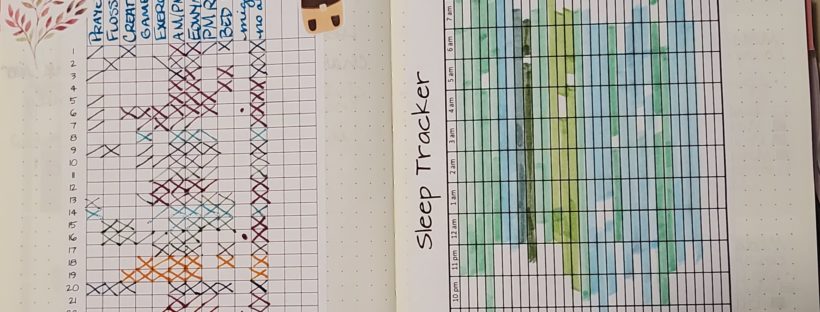
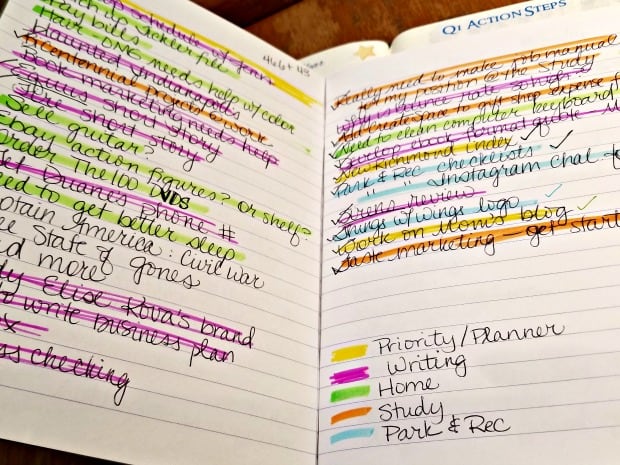
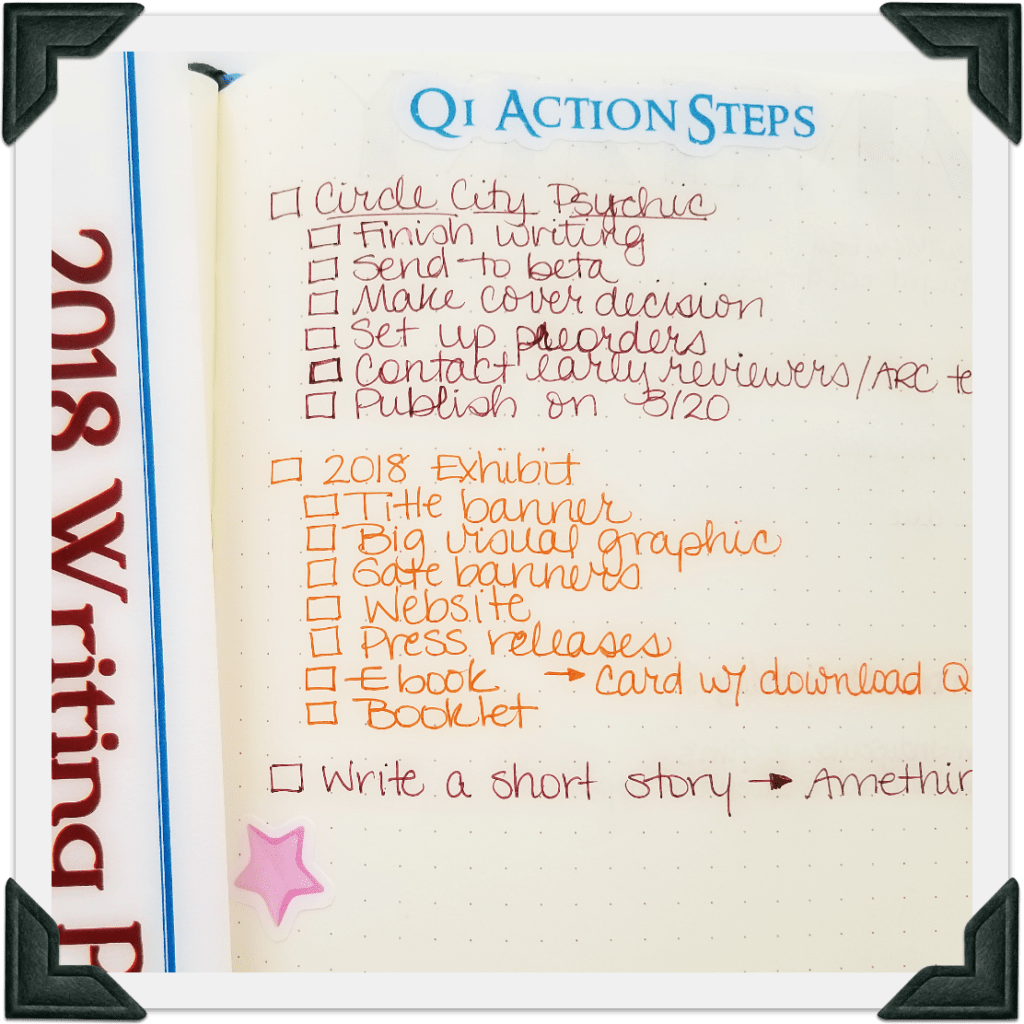 I currently have two major projects listed on my Quarter 1 Action Steps page in my Bullet Journal, and I have the components broken down on that page, as you see in the picture, though there are actually lots of little steps to each component.
I currently have two major projects listed on my Quarter 1 Action Steps page in my Bullet Journal, and I have the components broken down on that page, as you see in the picture, though there are actually lots of little steps to each component.